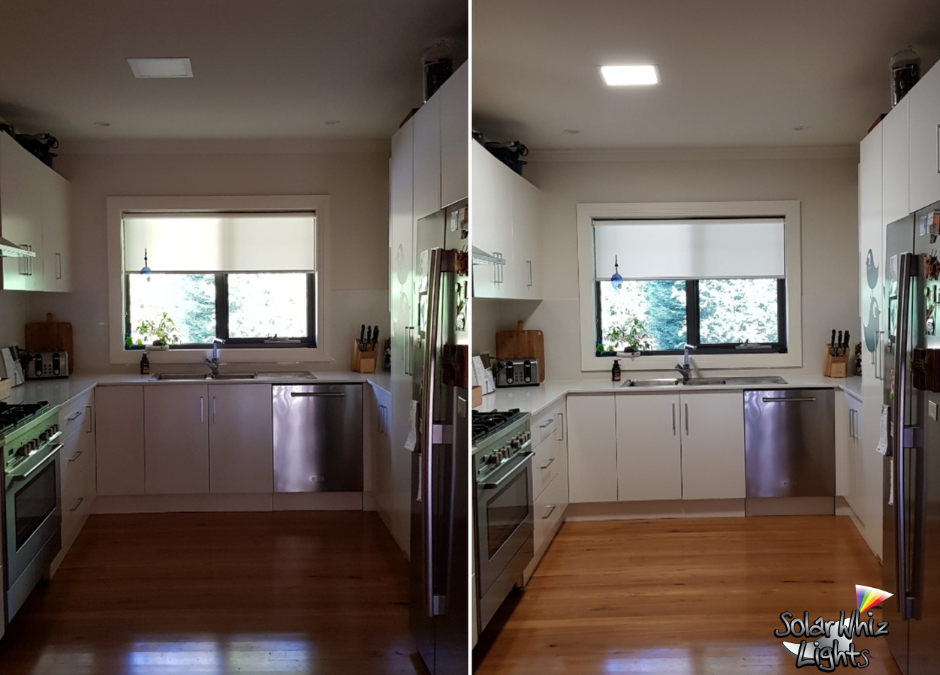Natural lighting significantly influences the ambience and functionality of indoor spaces within buildings. It not only enhances aesthetics but also boosts the well-being and productivity of occupants. Various technologies, such as skylights, solar skylights, and solar tubes, have emerged to address lighting needs with distinct advantages and considerations.
Importance of natural lighting in buildings
Natural lighting isn’t just about illumination; it shapes mood, health, and energy efficiency in architectural design. Studies confirm that exposure to natural light positively impacts circadian rhythms, boosts mental alertness, and reduces reliance on artificial lighting, thereby cutting energy costs. Moreover, natural light accentuates architectural features, fosters dynamic spaces, and establishes a connection with the outdoors, enhancing overall quality of life.
Skylights, Solar tubes, and Solar Skylights
Skylights are architectural openings on rooftops designed to admit natural light into interior spaces. They offer customisable lighting solutions tailored to specific architectural designs. Solar skylights integrate solar technology with traditional structures, converting sunlight into electricity for supplemental lighting. Solar tubes, or sun tunnels, capture sunlight on the roof and channel it into interior spaces via reflective tubes, providing natural daylighting without direct sky exposure.
Comparison between skylights, solar skylights, and solar tubes
This discussion delves into the characteristics, advantages, and drawbacks of skylights, solar skylights, and solar tubes, offering insights into their roles in delivering natural lighting solutions for buildings. By examining their unique features and considerations, we aim to provide a comprehensive understanding of their applicability and potential impact on building design, energy efficiency, and occupant well-being.
Skylights: Pros and Cons
| Pros | Cons |
|
Provides natural daylighting |
Dependence on sunlight availability |
|
Enhances aesthetics of interior spaces |
Risk of heat gain and sun glare |
|
Potential for ventilation and airflow |
Energy Leaks |
|
Has a bigger design impact and lets in more light |
Heat loss in winter |
|
Provide a view from the outdoors. |
UV damage to furniture and flooring |
|
Should be installed professionally |
|
|
Costly maintenance |
|
|
Often needs to be installed as the house is built |
|
|
Potential for moisture leaks and condensation issues if not properly installed |
|
|
Lack of lighting control |
|
|
Adding shutters can be costly |
Solar Tubes: Pros and Cons
| Pros | Cons |
| Provides natural daylighting without heat gain or glare |
Lack of lighting control |
|
More affordable than traditional skylights |
Relies on sunlight availability, similar to skylights |
|
Reduces reliance on grid electricity |
Potential for leaks and condensation issues if not properly installed |
|
Expensive than solar skylights |
Solar Skylights: Pros and Cons
| Pros | Cons |
|
Harnesses solar energy for electricity generation |
Dependence on sunlight for energy production |
|
Reduces reliance on grid electricity |
|
|
Increased functionality with integrated features |
|
|
Easy installation and maintenance – can be DIYed |
|
|
Wide range of Solar LED light fixtures |
|
|
Can be installed on any roof types |
Comparison and Contrast – Winners
Natural Lighting Benefits: Skylights and Solar Tubes
Both skylights and solar tubes provide natural daylighting but with differences in coverage and intensity.
Energy Efficiency: Solar Skylights and Solar tubes
Solar skylight and solar tubes offer energy savings through solar power generation, while traditional skylights do not contribute to energy production.
Functionality and Features: Solar Skylights
Solar skylight offers additional features such as remote control, dimming capability, customisation options, and a variety of designs, providing greater versatility and functionality compared to traditional skylights and solar tubes.
Ease of Installation: Solar Skylights
Solar skylights are easier to install due to less complicated roof work.
Cost Considerations: Solar Skylights
When assessing the cost-effectiveness of skylights, solar skylights, and solar tubes, it’s crucial to consider various factors, including upfront costs, long-term savings, and return on investment.
Skylights:
Skylights often come with higher upfront costs compared to solar tubes and solar skylights due to the expense of purchasing the skylight unit itself and the labour costs associated with installation. Additionally, depending on the design and size, skylights may require modifications to the roof structure, further increasing installation expenses. While skylights offer the benefit of natural lighting, their initial investment can be significant, potentially impacting overall project budgets.
Solar Tubes:
Despite being less expensive than skylights and initially more expensive than solar skylights, solar tubes are known for their straightforward installation process. However, it’s worth noting that the installation of solar tubes may involve more complicated roof work compared to a solar skylight.
Solar Skylight:
Solar skylight continues to stand out as a cost-effective option, with their potential for DIY installation contributing to their affordability. Compared to traditional skylights and solar tubes, solar skylights offer a simpler installation process and generally involve less complicated roof work.
Conclusion
In conclusion, the decision between skylights, solar tubes, and solar skylights requires careful consideration of their respective benefits and drawbacks. Skylights offer elegant natural lighting but come with high upfront costs and installation complexities. Solar tubes provide a more affordable option, though with limitations such as smaller coverage areas and reliance on sunlight. However, solar skylights stand out as a cost-effective solution, harnessing solar energy for lighting and offering enhanced functionality. Their simplicity of installation and potential long-term savings make them an attractive choice for optimising natural lighting and energy efficiency in buildings. Ultimately, project-specific needs, budget considerations, and desired outcomes should guide the selection process. By carefully evaluating these factors, building owners and designers can choose the most suitable option to create optimal indoor environments that promote occupant well-being and satisfaction.






